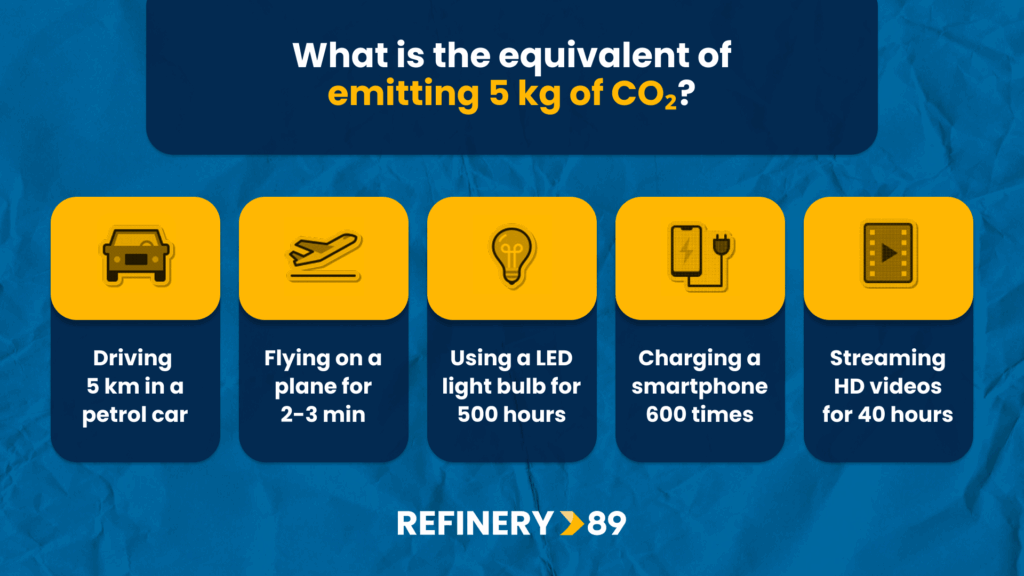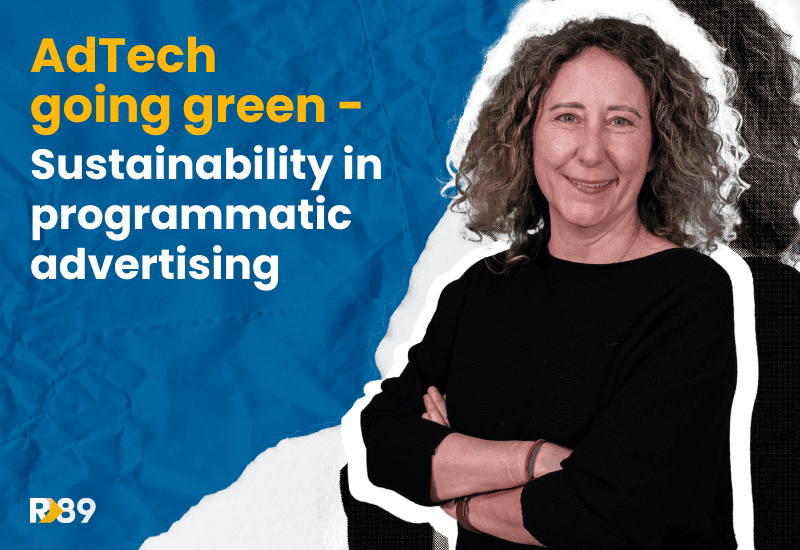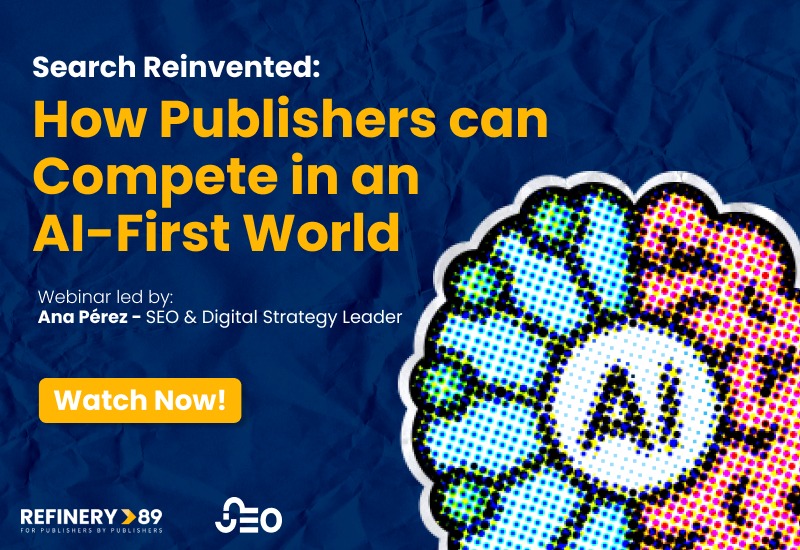There is no denying that the digital advertising industry has experienced exponential growth in many fields during recent decades helping publishers thrive and aiding advertisers in running more efficient campaigns.
But it’s not all sunshine and rainbows. As the amount of digital consumption has grown, many systems have been introduced and the number of data connections (SSP, DSP, DMP etc.) for every ad request can be very complicated if uncontrolled. More connections = more data = more consumption of electricity = CO2 emissions
Unfortunately, it has led to a significant increase in its carbon footprint. It is estimated that the energy required to generate all the code behind digital advertising represents approximately 2% of the total emissions of the Internet.
This figure highlights the urgent need to adopt cleaner and more sustainable technologies. Today we are joined by Virginia Romero, our senior business developer, to discuss the impact of sustainability in programmatic advertising.
Environmental impact of digital advertising
Let’s be honest, the programmatic advertising ecosystem is complex. It’s made up of multiple intermediaries, generating a considerable data load. Every time an ad auction takes place, multiple server calls are made, increasing energy consumption and, therefore, carbon emissions.
The pollution generated by a small internet campaign serving 1 million banners can vary depending on many factors (file size, servers used, intermediaries in the programmatic chain, etc.)
According to sources like Scope3, Good-Loop, and industry data, on average, showing 1 million banner ads causes between 1 and 5 grams of CO₂ to be emitted into the atmosphere. This comes from things like:
- The energy used by servers that host and delivers the ads.
- The data transfers across the internet.
- All the intermediaries (e.g., SSPs, DSPs) in the programmatic advertising supply chain.

What can the supply side do to maximize ad revenue while keeping things green?
On the supply side, we can improve our work systems by:
- Optimizing more direct demand sources to reduce the number of lines in the ads.txt file.
- Avoiding inefficiency in programmatic bidding (many auctions per impression).
- Investing in technologies and infrastructures that use renewable energy sources.
- Choosing platforms and SSPs with climate commitments (use of renewable energy).
- Using traffic modeling tools to improve efficiency.
- Avoiding placements with low visibilité (images that are loaded but not seen).
Many of these improvements directly impact the Core Web Vitals of websites, improving CLS and thus improving page load speed, creating faster sites and better user experience (UX), attracting more visits and pageviews, ultimately translating into increased revenue for the publisher. Everyone wins!
Every impression counts
Every campaign, every banner, every tech decision leaves a footprint—even if we don’t see it. In the fast-paced world of digital advertising, it’s easy to forget that behind every click, there’s an invisible cost that the planet is silently paying.
But there’s also something powerful in this: we can change it. We can choose cleaner routes, and more responsible platforms. We can design campaigns that not only sell but also care. And that’s much more than optimizing, it’s evolution!
Chez Refinery89, we use lightweight tech that improves website performance while being mindful of the impact the programmatic advertising process has in the environment. Our Single Tag has been designed to lead your site to higher monetization while enhancing the user experience for higher positing, optimizing different aspects of the supply chain to reduce carbon emissions. Write to us to know more about our solutions.








